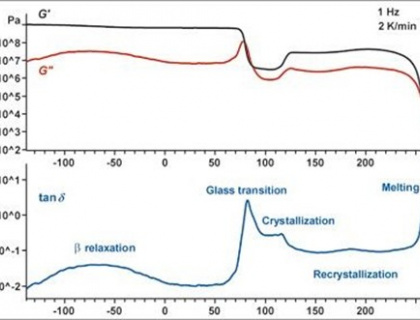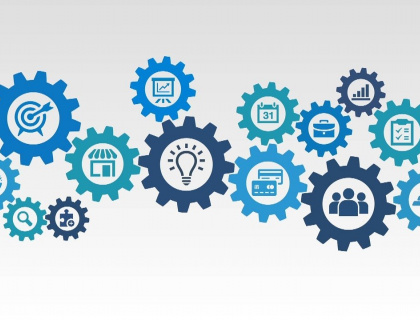Virtual reality (VR) is a technology that allows users to experience a computer-generated 3D environment as if they were present within it. In the context of design offices, VR can be used to enhance the design process by providing designers with an immersive, interactive, and collaborative environment in which to view and evaluate their designs.
Using VR technology, designers can create and manipulate 3D models of their designs in real-time, allowing them to explore different design options and iterations. They can also interact with their designs in a more natural way, using hand gestures or controllers to move around the virtual environment and manipulate objects.
In addition, VR can facilitate collaboration and communication between designers, stakeholders, and clients. Using VR, multiple users can view and interact with the same design at the same time, regardless of their physical location. This allows for more efficient design reviews, feedback sessions, and design decision-making processes.
Overall, VR technology can provide design offices with a powerful tool for enhancing the design process, improving collaboration and communication, and creating more engaging and immersive design experiences.

Mechanical analyses refer to the study and characterization of the physical properties of materials or systems under mechanical stress, deformation or loading.
Read moreMechanical analyses refer to the testing or analysis of the mechanical properties and behavior of materials or structures under applied stress, deformation, or load.
Read more
Product development is the process of creating new products or improving existing products in order to meet the needs and wants of customers. It involves a series of steps from ideation to commercialization, and may vary depending on the industry and product being developed.
Read more